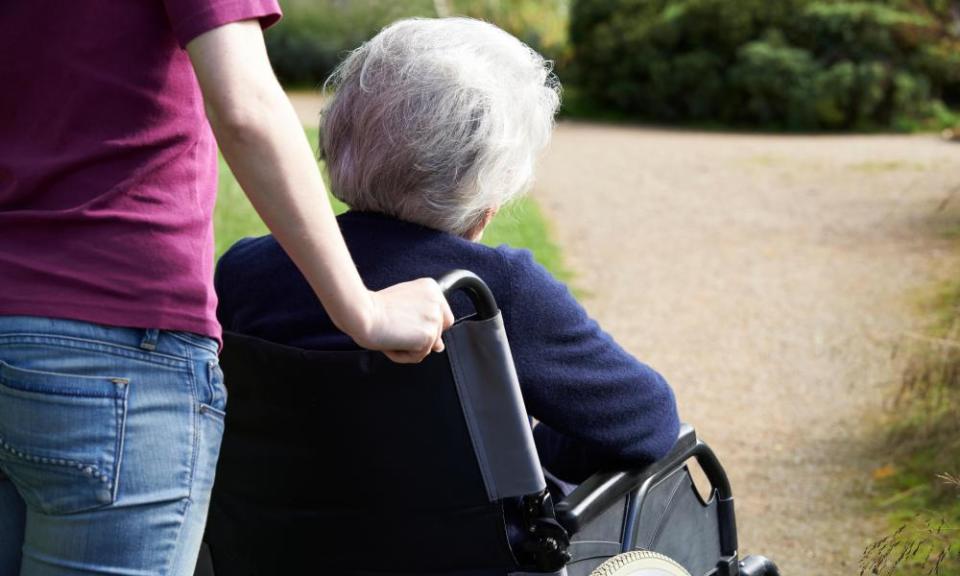Federal government funding for care sector would improve gender pay gap and economy

A commitment by the federal government to increase funding to the care sector could allow 900,000 Australians doing unpaid care work to increase their hours of paid employment, improving not just the economy, but the gender pay gap.
The extra funding would boost the supply of care workers, improve care workers’ wages, and lift the national labour supply by more than 2% overall as unpaid carers – who are mostly women – were freed up to enter the paid workforce.
It would also reduce the gender pay gap by lifting female workers’ wages.
According to the National Foundation for Australian Women (NFAW) in a report released on Monday, the cost of the extra funding would be partially recouped by an increase in income tax revenue generated by the extra economic activity.
If that wasn’t palatable, the report also found the cost could be offset completely by a small reduction in infrastructure spending.
The independent modelling, provided by Janine Dixon of the Centre of Public Studies at Victoria University, found there were options open to the government to improve how care is provided and paid for in Australia, which would not only improve pay outcomes for women, it would also benefit the economy.
The annual statement from the national foundation for Australian women, delivered after the hand-down of the federal budget, focused on the care economy, a sector largely made up of female workers, and one which has become increasingly important during the pandemic.
But the foundation also found it was a sector which had not received nearly enough attention, given its importance, and potential benefits – not just to workers and those receiving care, which includes aged care, health and childcare – but the economy as a whole.
NFAW’s chair of social policy, Prof Helen Hodgson, said investing in care could pay for itself, with increased labour market participation working to stimulate the whole economy, offsetting the initial outlay cost to the government.
“We were told that the 2020-21 budget is ‘all about jobs’, but an analysis of the 2020 budget through a gendered lens shows that most of the jobs and tax cuts are in male dominated areas, including apprenticeships and traineeships, construction and manufacturing,” she said.
“The female-dominated care sector was largely overlooked. Government investment in physical infrastructure such as roads is an effective instrument for economic stimulus, but the economic benefits flow to men.
“This modelling confirms government investment in the care sector would deliver economic stimulus, with women the main beneficiaries.”
Related: Australian childcare costs outstrip increase in government subsidy
The Morrison government has strongly rejected claims its budget has largely ignored women, despite women having suffered more of an impact from the pandemic than men, in terms of both additional care requirements, and financially, with more of the initial job losses occurring in women-dominated industries.
Hodgson said the care sector could no longer be ignored.
“Funding the care sector is critical to increasing female workforce participation and to improve employment conditions for workers in the care sector,” she said.
“The fact is that applying a gendered lens to the economy is the only way to properly value the work done by women.”
An OECD report released last year found women accounted for three-quarters of all people working in health and social care, but were also more likely to hold the lowest paid jobs in the sector.
In its most recent report, the IMF also warned of the pandemic’s economic impact on women, and called for targeted policy intervention “to protect the employment prospects of women and younger cohorts and prevent a widening of income inequality” such as higher unemployment benefits for vulnerable categories and paid leave for parents.

